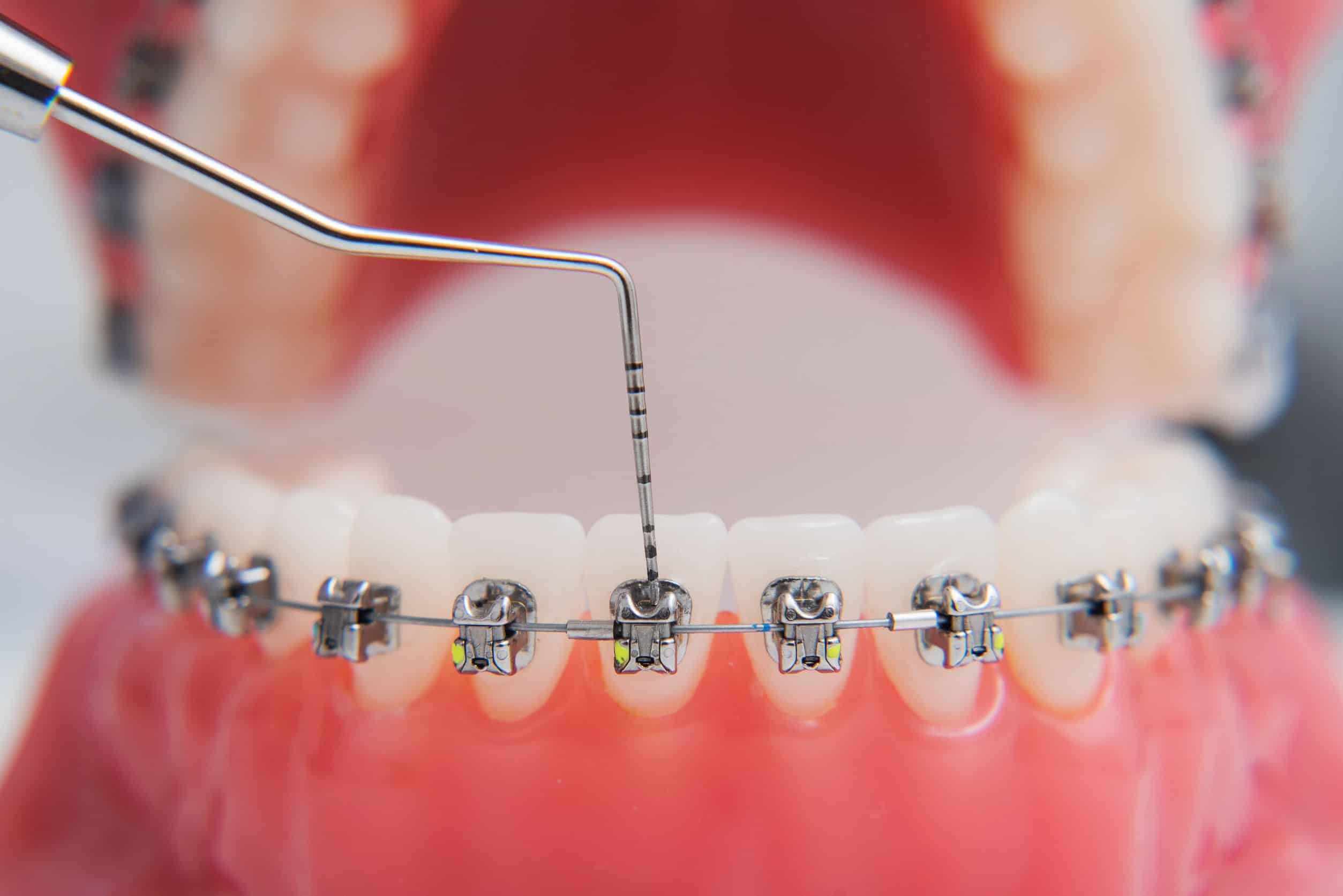Top Tips for Picking the Best Cumming Orthodontist for Braces and Aligners
Top Tips for Picking the Best Cumming Orthodontist for Braces and Aligners
Blog Article
Comprehensive Guide to Orthodontics Procedures for Fixing Oral Misalignments
In the world of orthodontics, the trip to attaining a perfectly aligned smile entails a myriad of treatments customized to deal with dental misalignments. From conventional dental braces to invisible aligners and even medical alternatives, the field of orthodontics offers a variety of solutions to deal with differing degrees of oral irregularities. Understanding the intricacies of each treatment, including their mechanisms, benefits, and possible downsides, is essential in making educated decisions concerning one's orthodontic treatment. As we navigate via the comprehensive overview to orthodontic procedures for fixing dental misalignments, the detailed information of each method will certainly unravel, clarifying the path toward a unified and practical dental positioning.
Orthodontic Procedures Summary

In enhancement to clear aligners and traditional braces, orthodontists might likewise suggest various other treatments like headwear, palatal expanders, or retainers to deal with specific placement concerns (cumming orthodontist). These procedures are tailored per person's special needs and might include a mix of therapies to attain the preferred results. Normal changes and monitoring are essential parts of orthodontic therapy to guarantee development is on track and to make any type of needed alterations along the means. By undergoing orthodontic procedures, patients can not only attain a straighter smile yet also enhance their overall dental wellness and feature.
Standard Dental Braces: Exactly How They Function
When considering orthodontic therapies for oral imbalances, standard dental braces stand out as a tried and true approach for fixing teeth positioning. Conventional braces are composed of braces, cables, and bands that work together to apply constant pressure on the teeth, gradually relocating them into the desired positioning.
As pressure is applied to the teeth with the dental braces, the bone bordering the teeth is improved to sustain the new tooth placements. Clients will certainly require normal modifications at the orthodontist's office to make certain the braces continue to use the appropriate pressure for reliable teeth activity.
Undetectable Aligners: Cons and pros
Unseen aligners provide a discreet and convenient alternative to typical braces for correcting dental misalignments. These clear, customized trays are essentially unnoticeable when put on, making them an appealing alternative for individuals seeking a much more visually pleasing orthodontic therapy. Among the key advantages of undetectable aligners is their removability, allowing for simpler upkeep of oral hygiene contrasted to typical dental braces. People can remove the aligners prior to eating or brushing their teeth, minimizing the threat of food getting embeded the device and simplifying the cleansing procedure.

Surgical Orthodontic Options
Surgical interventions in orthodontics existing sensible choices for attending to complicated oral imbalances that might not be properly fixed through traditional orthodontic treatments. While unseen aligners and traditional dental braces can remedy numerous orthodontic problems, particular cases call for surgical treatment to achieve ideal results. Surgical orthodontic choices are usually recommended for extreme malocclusions, substantial jaw discrepancies, and instances where the underlying bone framework requires alteration to accomplish appropriate alignment.
One usual medical orthodontic treatment is orthognathic surgery, which involves rearranging the jaws to correct functional concerns such as difficulty speaking or eating. This surgical procedure is usually executed in partnership with an orthodontist who helps straighten the teeth prior to and after the treatment. Surgical orthodontics may additionally endodontist entail procedures to expose impacted teeth, eliminate excess gum cells, or reshape the jawbone to create a more unified facial profile.
Prior to thinking about medical orthodontic choices, people undergo a detailed examination to establish the necessity and prospective benefits of such interventions. orthodontics. While surgical treatment might seem complicated, it can considerably enhance both the function and visual appeals of the smile in cases where standard orthodontic therapies fail
Retainers and Post-Treatment Care

Failing to comply with post-treatment care find here instructions can result in regression, where the teeth slowly move back towards their original placements. Constant retainer wear, great dental health, and normal dental check-ups are necessary for maintaining the results accomplished via orthodontic surgical treatment and ensuring the long-lasting stability of the dealt with oral placement.
Conclusion
In verdict, orthodontic treatments provide different options for remedying dental imbalances. Surgical orthodontic options are offered for much more serious misalignments. In general, orthodontic procedures can successfully boost dental health and wellness and visual appearance.
As we navigate through the extensive guide to orthodontic procedures for dealing with oral misalignments, the detailed information of each approach will unfold, losing light on the course toward a harmonious and practical dental placement. - cumming braces
One of the most typical orthodontic therapies is the use of braces, which are composed of metal braces and cables that use mild stress to progressively shift teeth into the preferred setting.When taking into consideration orthodontic treatments for dental imbalances, standard braces stand out as a time-tested approach for correcting teeth placing. In addition, undetectable aligners might not be ideal for complicated orthodontic concerns that require more substantial teeth activity, as they are usually advised for light to modest situations. Retainers are tailor-made orthodontic tools designed to hold teeth in their fixed positions after the conclusion of orthodontic therapy.
Report this page